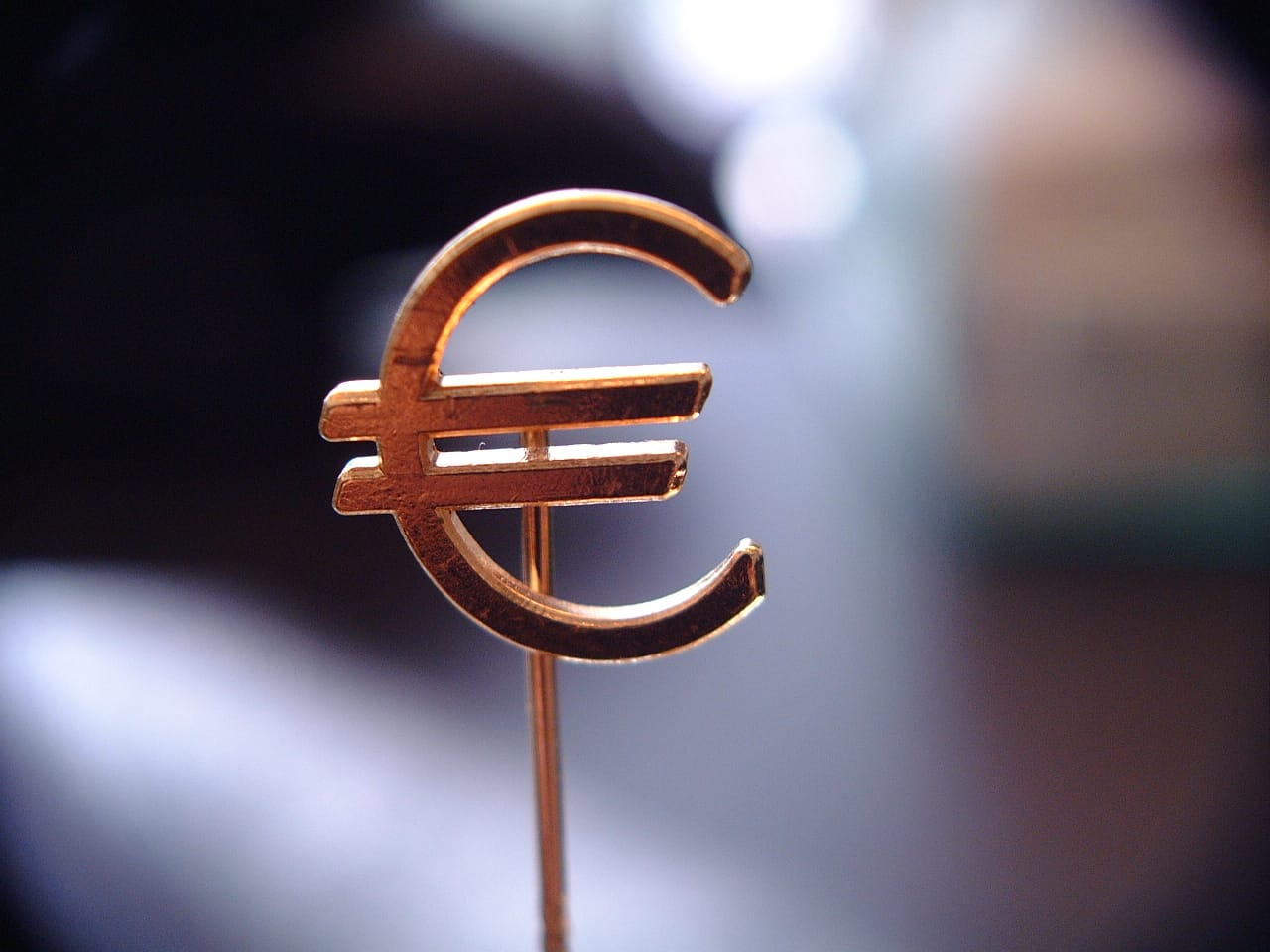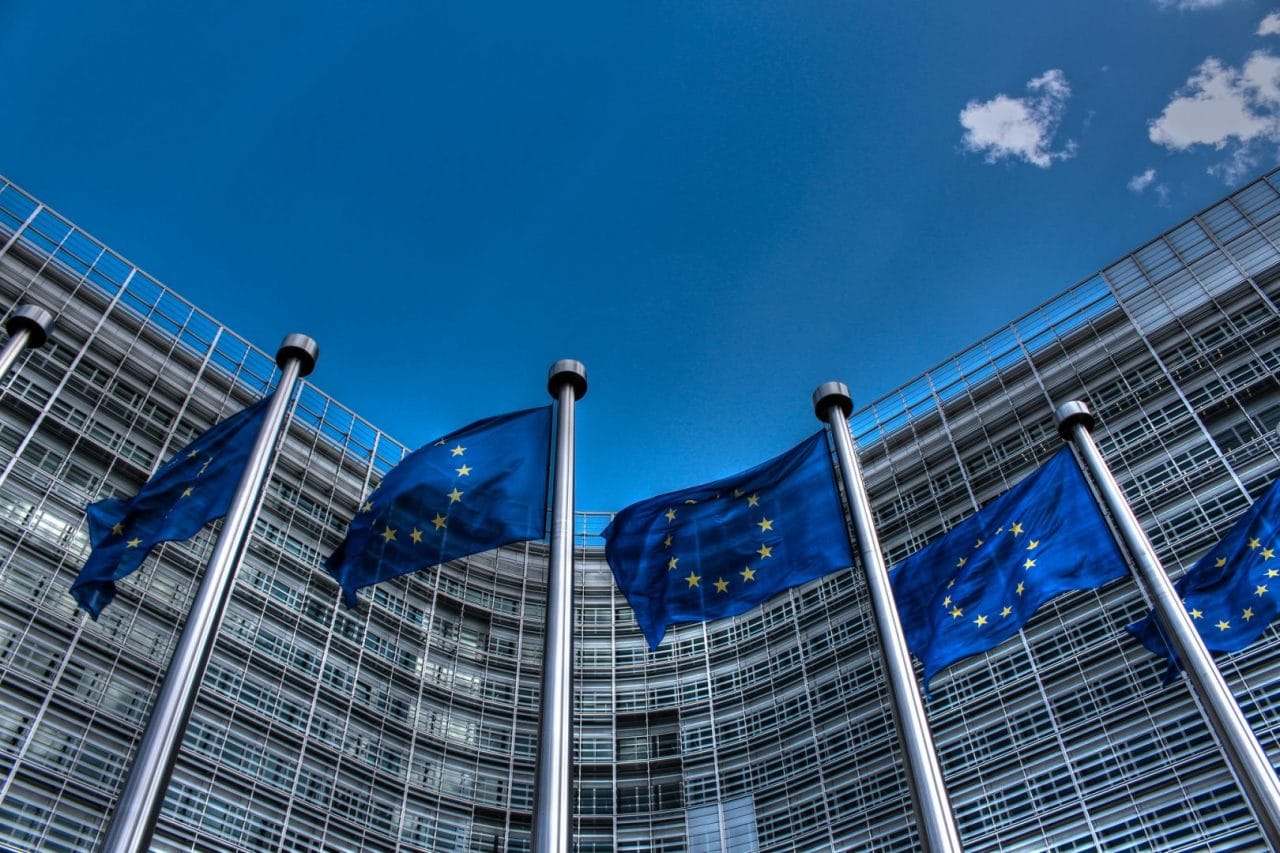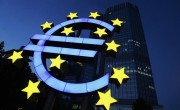
The latest economic news coming from the European Union has left investors a bit disappointed, however, the near future for the Europe’s economy looks brighter after a few promising signs have been glimpsed by Nikki Howes, Investment Associate at Heartwood Investment Management, the asset management arm of Handelsbanken in the UK. He states the following about the European Economy:
On the heels of a strong 2017, the European economy has suffered a disappointing 2018 so far. Stalling economic momentum in the first half of the year has been exacerbated by a drop in Chinese demand as US tariff fears have taken hold. European equity markets (along with other developed world peers) continue to lag the US for the year as a whole. But could this dynamic change ahead?
Europe’s economic cycle is more embryonic than the US’s, with relative economic momentum just starting to turn up. Employment is growing faster in Europe, and credit is flowing in as the European Central Bank (ECB)’s ultra-accommodative monetary stance filters through to the high street. As the domestic economy strengthens, this should also feed into corporate earnings.
Trade wars have not left Europe untouched, particularly given its links to China. However, a so far proactive, stimulative, response from the Chinese authorities should ultimately support Chinese assets and hence China’s key trading partners. What’s more, there are also signs that President Trump could soon reach a trade agreement with the EU. Taking all of the above together, we see positive signs for European equities to outperform in the future.

Should investors worry about a new ECB president?
This week’s ECB meeting was a largely uneventful affair, keeping interest rates on hold and asset purchases to continue at the current monthly pace of €15 billion until the end of December 2018. However, a glance into the future of the ECB reveals a less predictable picture. Mario Draghi, completes his eight-year reign in November 2019, and his replacement will shape the future path of monetary policy in Europe. The central bank must work to maintain credibility following two previous policy errors (raising interest rates just before the 2008 financial crisis and again in 2011 amid the eurozone’s burgeoning sovereign debt crisis). An earlier-than-expected interest rate rise under the next president could prove disruptive for markets, unless there is a material positive change in the macroeconomic data.
So far, the highest risk candidate in this regard (head of the Bundesbank Jens Weidmann) appears to have been ruled out for the ECB’s top spot, perhaps as Chancellor Merkel aims to place a German at the head of the European Commission (a position set to open up around the same time). Nonetheless, we can expect significant political wrangling around the new ECB President throughout 2019.
What next for European equities?
Whilst acknowledging these challenges, we note that money is still cheap in Europe, growth is strong, inflation subdued, and corporate earnings are starting to shine through. Despite this, investors turned away from European equities over the course of 2018. It is an incredibly unloved region, so any change in sentiment could see large capital inflows.
Since the spring, the US economy has been powered up by tax cuts. We expect the economy to remain in good shape, but its current growth rate is unsustainable, particularly as its central bank continues to tighten. This, alongside ongoing Chinese easing and accelerating European growth could leave European markets in a sweet spot.
Tradersdna is a leading digital and social media platform for traders and investors. Tradersdna offers premiere resources for trading and investing education, digital resources for personal finance, market analysis and free trading guides. More about TradersDNA Features: What Does It Take to Become an Aggressive Trader? | Everything You Need to Know About White Label Trading Software | Advantages of Automated Forex Trading












































